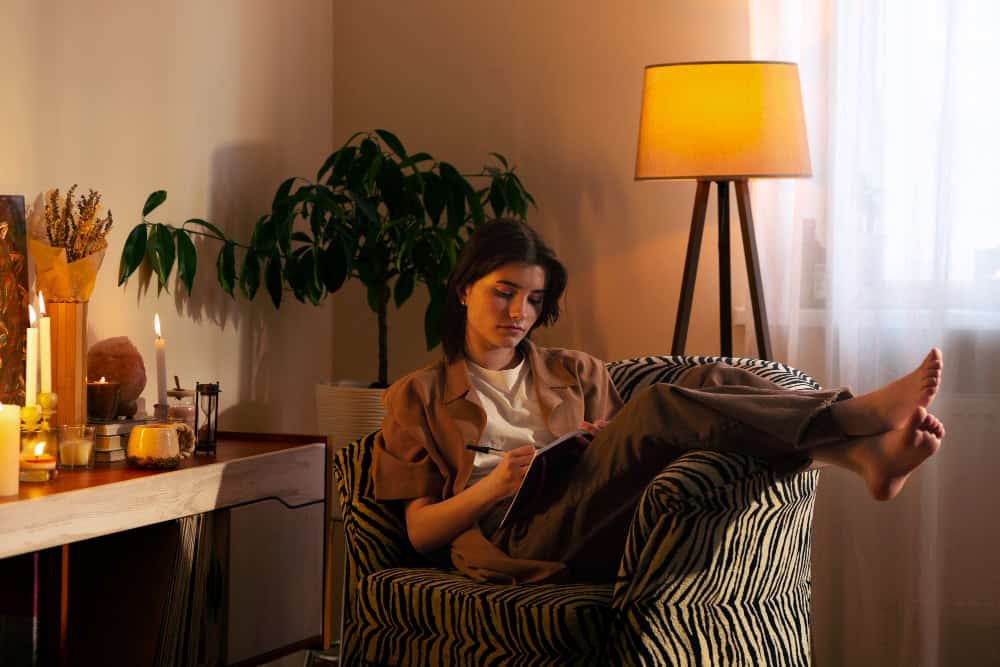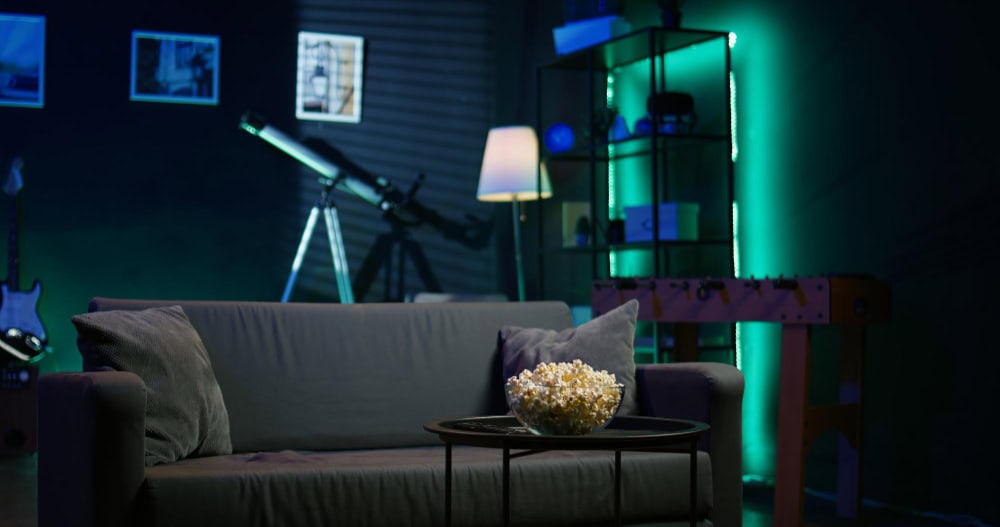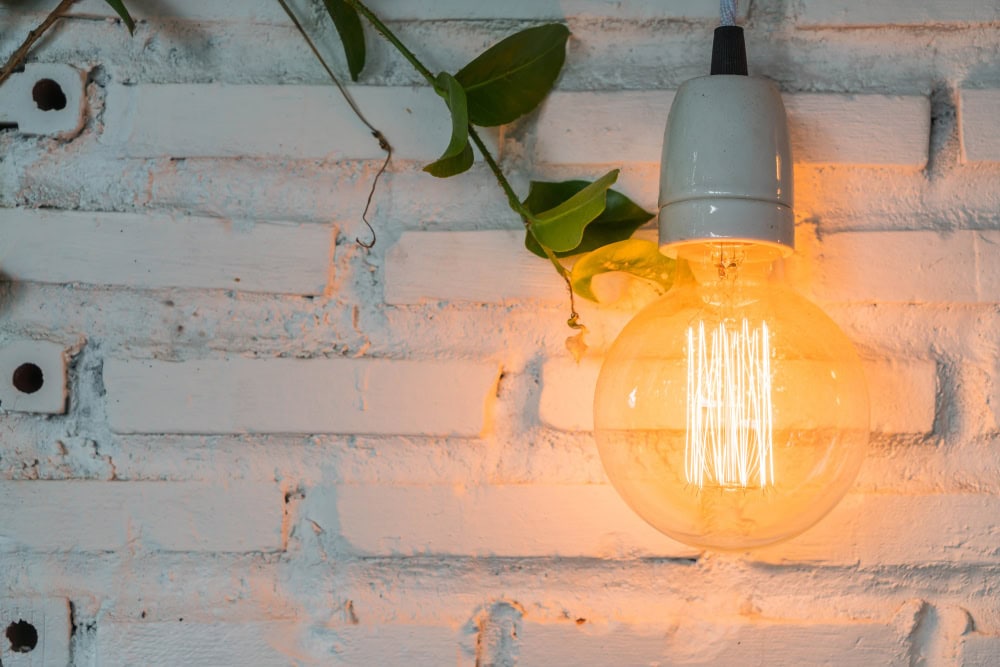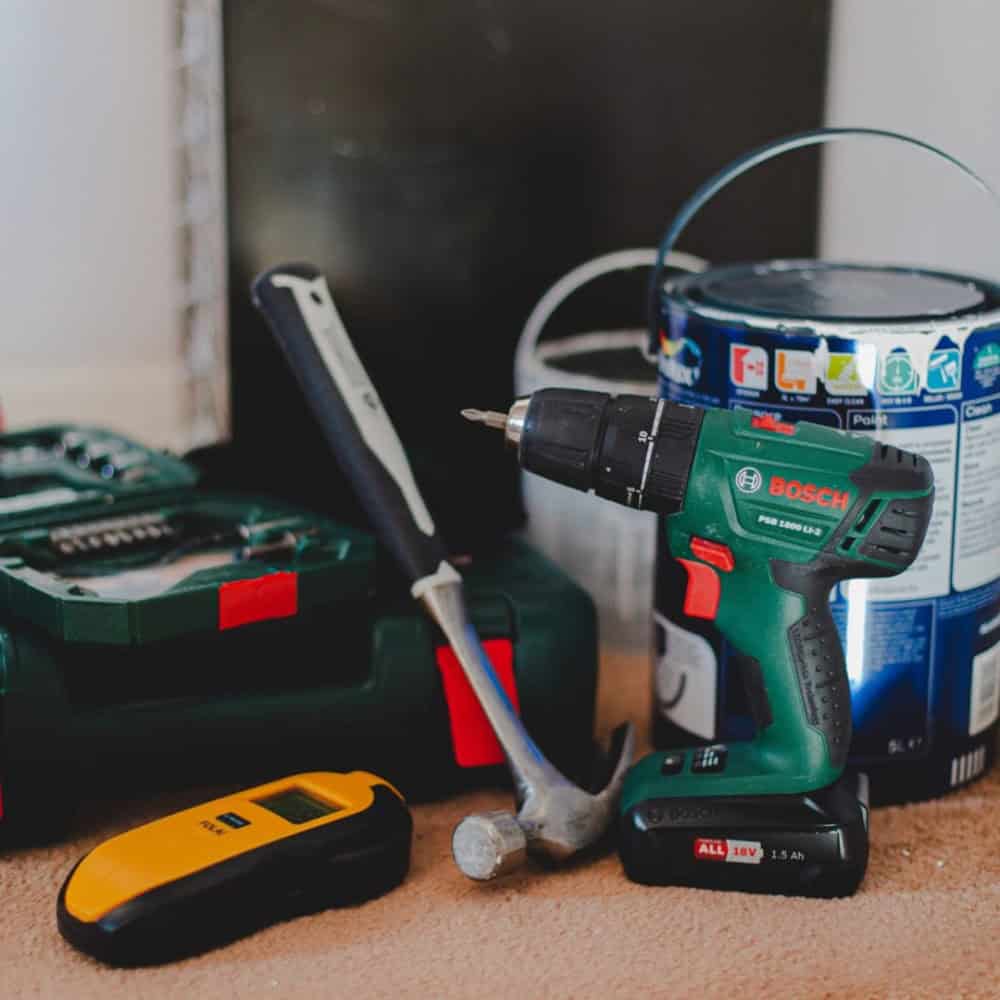10 Lighting Hacks to Brighten Up Small Spaces
Table of Contents
Not every home is blessed with high ceilings and big open-plan layouts. In reality, many of us are working with smaller spaces that can often feel darker or more cramped than we’d like.
Though it may seem like a challenge, there are some clever lighting techniques that can help change the look and feel of a room completely. With the right setup, you can make even the smallest space feel brighter, more open, and more welcoming.
Let’s look at a few ways you can make the most out of even the smallest of spaces, without making any sacrifices.
1. Layer Your Lighting
Starting with one of the easiest and most effective ways to make a small space feel bigger. This uses a mix of ambient (general), task (focused), and accent (decorative) lights instead of relying on a single ceiling fixture.
By layering different types of lighting, it helps to reduce shadows, highlight key areas, and create a more open feel overall.
2. Use Wall Lights to Save Space
In smaller rooms, every bit of floor and surface space counts. Instead of relying on floor lamps or bulky table lamps, opt for wall lights.
Wall-mounted fixtures free up space and add an extra layer of light that works really well for rooms like bedrooms, hallways, and small living areas. Adjustable wall lights are especially handy if you need focused light for reading or working.
3. Add Mirrors to Reflect Light
This is a classic trick for a reason. Mirrors bounce light around the room and instantly make small spaces feel more open. In most cases, the bigger the mirror, the more impact it has, especially when placed opposite a window.
You don’t have to go huge either. Even a small mirror on a shelf can help reflect natural or artificial light and stop the room from feeling boxed in. Laura Ashley mirrors, are one type for example, offer a charming design that blends seamlessly into your space.
4. Choose Lighter Colours for Fixtures and Shades
Dark lamp shades or heavy fittings can make a small room feel closed off. Instead, you want to stick to lighter colours such as white, cream, pale grey, or soft metallics. These reflect light rather than absorb it.
Clear or frosted glass shades are great options, too. They allow light to travel freely and help distribute brightness across the room, rather than directing it in one spot.
If you’re updating older fixtures, switching out just the shade can make a noticeable difference.
5. Use LED Strip Lighting in Tight Spaces
LED strips are a smart solution for areas where fixtures just won’t fit. You can run them in a number of places. Under shelves, along kickboards, behind TVs, or under cabinets, anywhere you need subtle, low-profile lighting.
They’re especially useful in areas that don’t get much light. You can even find motion-activated versions that come on automatically, which is ideal for small spaces like pantries or cupboards.
6. Install Dimmer Switches
In a small space, the need for lighting can also change. You might find you want it to be bright during the day, but softer in the evenings. That’s where dimmer switches come in handy.
They let you control the light level to match the time of day or mood you’re going for. In multi-use rooms like a studio flat or combined living/dining area, dimmable lights give you more flexibility without needing extra fixtures.
Pair dimmable bulbs with a smart switch or app-controlled setup for even more control.
7. Don’t Forget Corners
All it takes is a few dark corners to drag down the brightness of an entire room. They create shadows and can make the space feel more cramped than it really is.
There are a few options to combat this. Plug-in wall lights, corner floor lamps, or angled uplighters are just some of the options, great for making the room feel more even and open. They also add a nice design feature without needing much space.
8. Light Your Ceiling to Create Height
It might sound counterintuitive, but ceiling lights can make a room feel taller. Uplighters or lights with upward-facing shades can bounce light off the ceiling and draw the eye up — a smart trick for low or narrow rooms.
For rooms with limited headroom, flush ceiling lights sit close to the surface, helping to spread light evenly around the room.
Endon Lighting has a wide range of flush and semi-flush ceiling lights that are ideal for lower ceilings, offering modern style without taking up visual space.
9. Keep Window Areas Clear
This one isn’t strictly about lighting fixtures, but it makes a huge difference: avoid blocking natural light.
Try to keep window sills free from clutter. You can do this by using lightweight curtains or blinds, as well as by avoiding placing large furniture in front of windows. If privacy is a concern, you can consider sheer or frosted options that let in light while keeping things discreet.
10. Go for Statement Lighting in the Right Spots
Just because a room is small doesn’t mean you have to stick to boring lighting. A well-chosen statement piece, like a cluster of pendant lights, can draw the attention upward and give your room a focal point.
Scale is often the trick. Choose something that suits the size of the room and is more refined. A compact chandelier or a set of pendants can look stunning in a limited area like hallways, kitchen nooks, or a small bedroom.
Endon Lighting is one of the many brands that is worth a look here. Their collections include bold, design-led pieces that still work in tighter spaces. With a design-led approach, these pieces can upgrade the aesthetic of your room without feeling overwhelming.
Final Thoughts
Small rooms don’t have to feel dark or cramped. With a few choices and a bit of thinking, you can open up the space, make it feel brighter, and add some serious style.
If you’re looking for lighting that’s both practical and stylish, there are plenty of options on offer that work brilliantly in smaller spaces, from sleek wall lights to compact ceiling fixtures.






